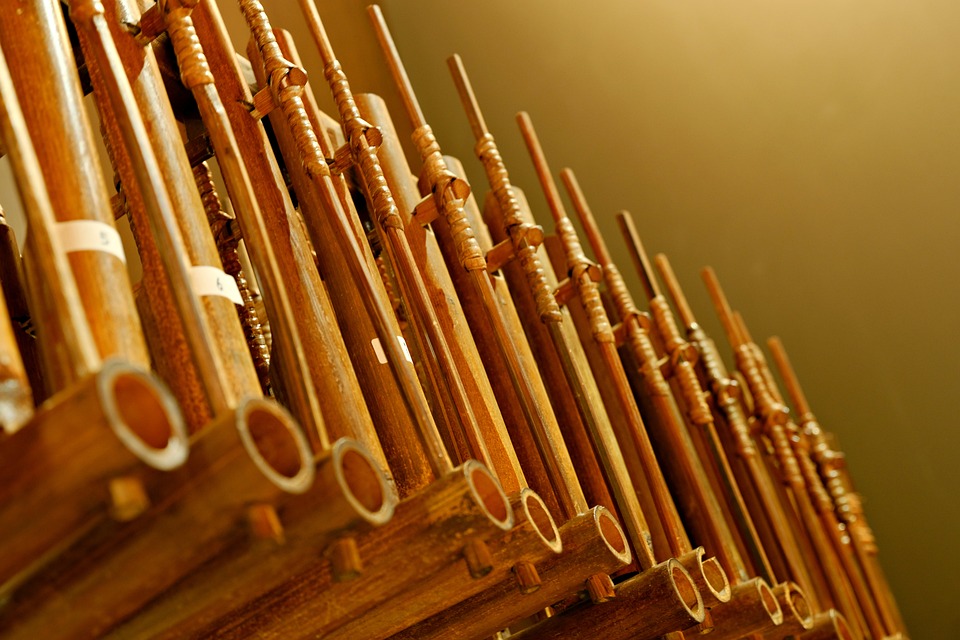The Importance of Preserving Heritage: Traditional Instruments in Modern Music
In the ever-evolving world of music, where technology seems to dominate and trends come and go, there is a growing movement to preserve and celebrate heritage through the use of traditional instruments in modern music. These instruments, often deeply rooted in culture and history, offer a unique and authentic sound that adds a richness and depth to music that cannot be replicated by electronic means. From the stirring sound of a sitar to the rhythmic pulse of a djembe drum, traditional instruments bring a sense of tradition and connection to the past that is both powerful and poignant.
History and Cultural Significance
Traditional instruments have been a part of human history for centuries, with roots stretching back to ancient civilizations and cultures around the world. These instruments were often created using natural materials found in the environment, such as wood, animal hides, and plant fibers. They were used in ceremonies, rituals, and celebrations to commemorate important events and milestones, and to express emotions and feelings that transcended language.
Each traditional instrument has its own unique history and cultural significance, representing the values, beliefs, and traditions of the people who created them. For example, the Celtic harp is a symbol of Irish culture and heritage, while the didgeridoo is a key element in Aboriginal Australian music and storytelling. By incorporating these instruments into modern music, artists are able to pay homage to the traditions and histories of the past, preserving them for future generations to appreciate and enjoy.
The Sound of Tradition: Authenticity and Depth
One of the key reasons traditional instruments are being embraced in modern music is the authenticity and depth they bring to a musical composition. Unlike electronic instruments, which can sound artificial and synthesized, traditional instruments have a rich and organic sound that resonates with listeners on a deep emotional level. Their unique timbres and textures create a sense of connection and nostalgia, evoking memories and emotions that can transport the listener to another time and place.
For example, the haunting sound of the duduk, a traditional Armenian woodwind instrument, can convey a sense of longing and melancholy that is both haunting and beautiful. Similarly, the rhythmic patterns of the tabla, a pair of hand drums from India, can infuse a composition with energy and vitality that is impossible to replicate with electronic percussion. By incorporating these traditional instruments into their music, artists are able to create a more authentic and immersive listening experience that resonates with audiences in a profound way.
Cross-Cultural Collaboration: Fostering Understanding and Unity
Another important aspect of preserving heritage through traditional instruments in modern music is the opportunity for cross-cultural collaboration and exchange. In a world that is becoming increasingly interconnected, music has the power to bridge cultural divides and foster understanding and unity among people from diverse backgrounds. By collaborating with musicians from different cultures and incorporating traditional instruments into their music, artists are able to create a unique fusion of sounds and styles that transcend borders and boundaries.
For example, the fusion of flamenco guitar with Arabic oud in the music of the band Radio Tarifa creates a mesmerizing blend of Spanish and Middle Eastern influences that is both captivating and original. Similarly, the collaboration between Japanese koto player Michiyo Yagi and American saxophonist John Zorn combines elements of traditional Japanese music with avant-garde jazz improvisation, resulting in a dynamic and exciting musical dialogue. These cross-cultural collaborations not only create innovative and groundbreaking music, but also promote mutual respect and appreciation for the diversity of world cultures.
Preserving Heritage for Future Generations
As the world becomes increasingly homogenized and globalized, there is a growing concern that traditional instruments and musical traditions are at risk of being lost or forgotten. By incorporating these instruments into modern music, artists are able to preserve and celebrate heritage in a way that is relevant and accessible to contemporary audiences. This ensures that the rich tapestry of human culture and history is passed down to future generations, keeping alive the traditions and values that have shaped our world for millennia.
In conclusion, the importance of preserving heritage through traditional instruments in modern music cannot be overstated. These instruments offer a connection to our past, a sense of authenticity and depth, and an opportunity for cross-cultural collaboration that enriches and enlightens us in profound ways. By embracing and celebrating the diversity of musical traditions from around the world, we can ensure that our heritage remains alive and vibrant for generations to come. Let us continue to honor and cherish the sounds of tradition, and keep the spirit of our ancestors alive through the power of music.

Leave a Reply